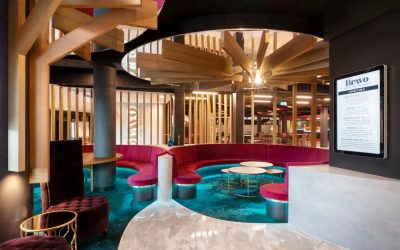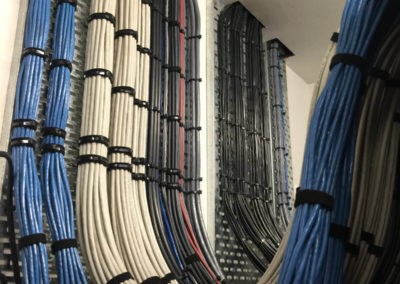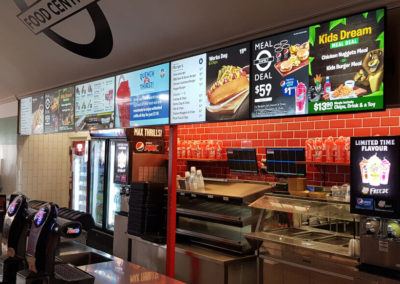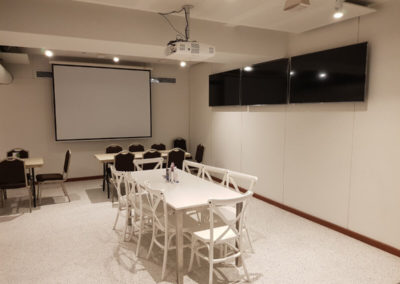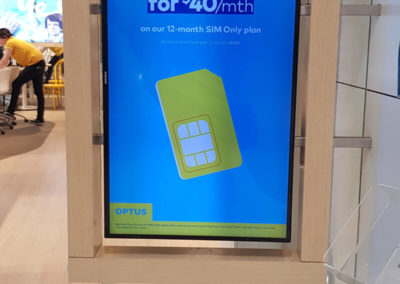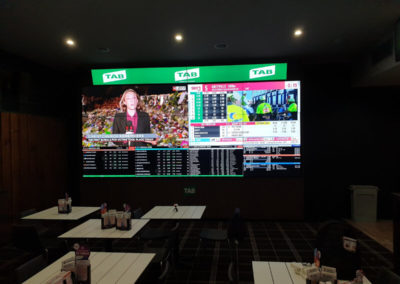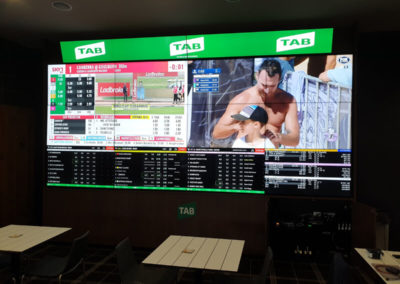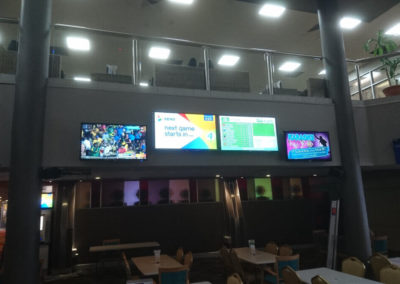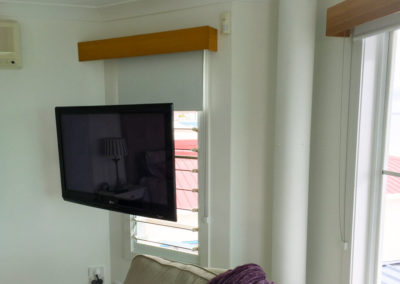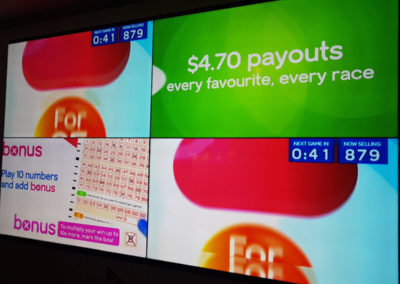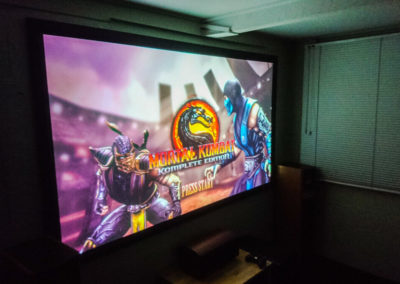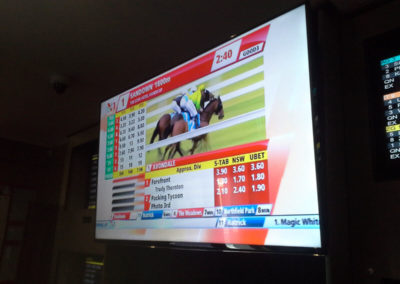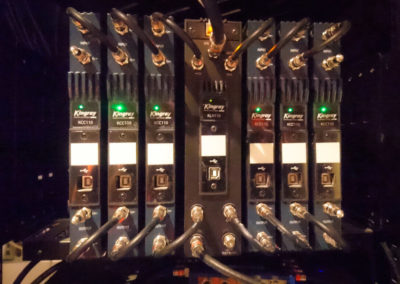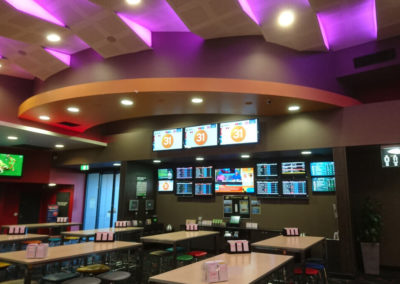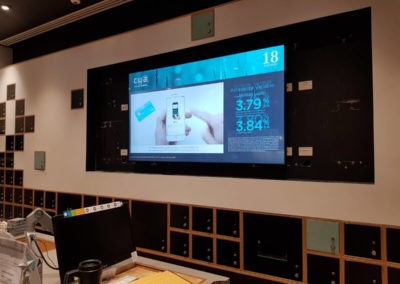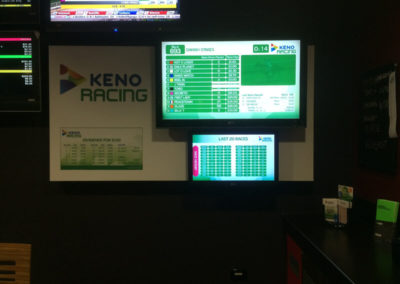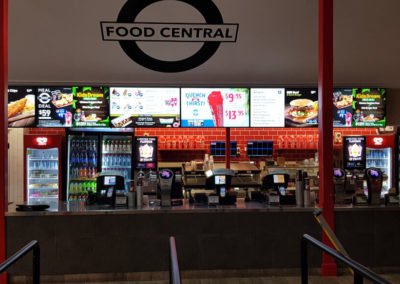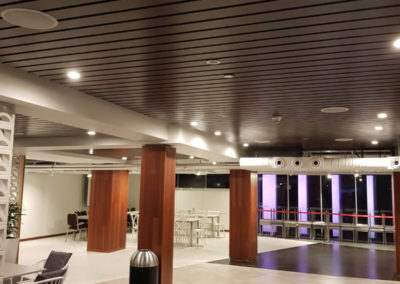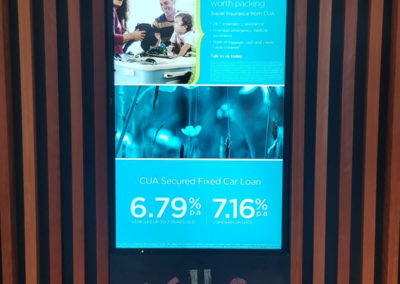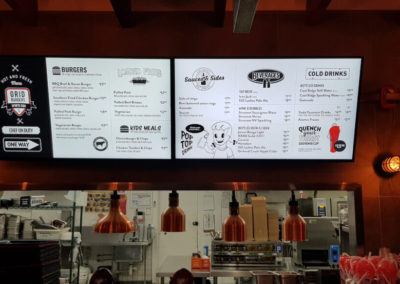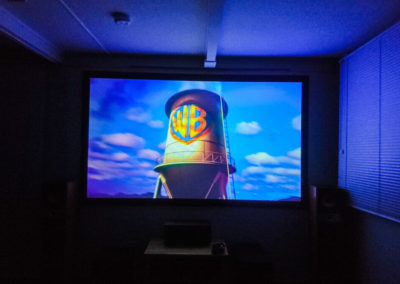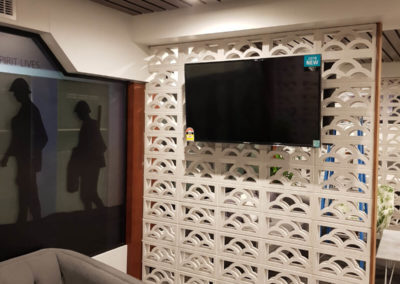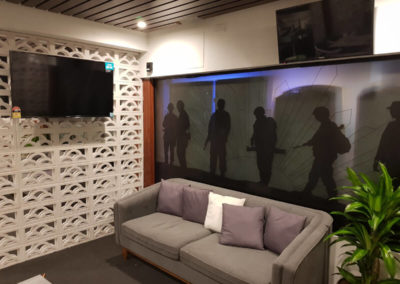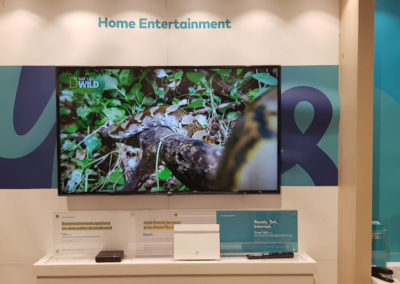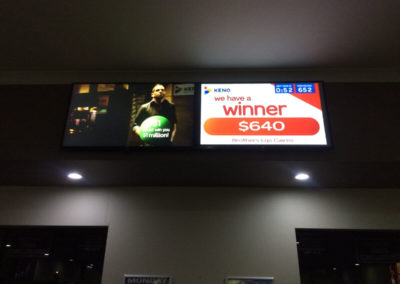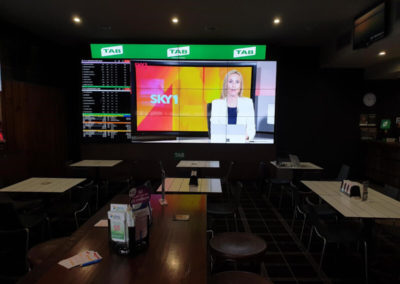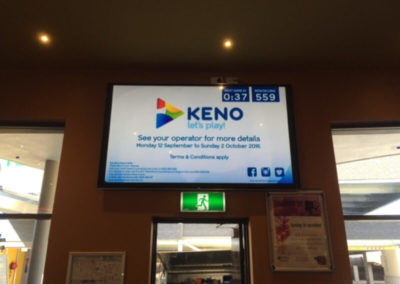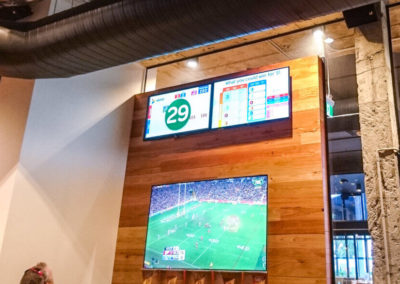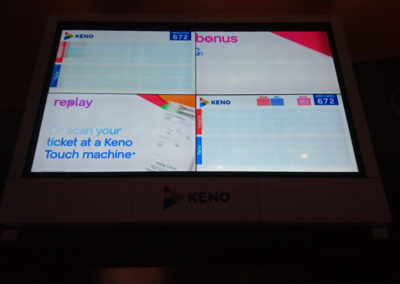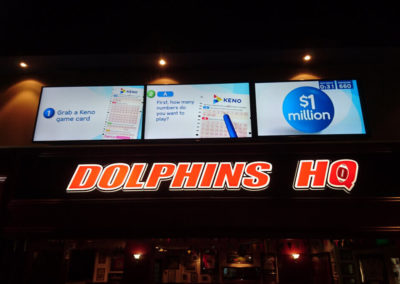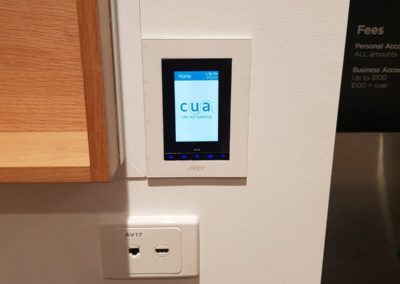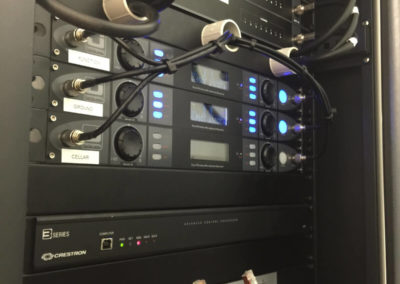How To Build And Control A Video Wall
How to build and control a video wall
What comes to mind when you think about video walls? Most people recognise a video wall as a group of single screens in a grid pattern displaying a single image. The result is simple and easy to understand but how do all of those screens talk to each other and connect? There is complex and powerful technology behind the screens, to produce these high quality, eye catching video wall displays. In this article we dive into how to build and control a video wall.
Beyond the wall that you can see, the video wall system also requires:
- A Video Wall Controller/Processor
- Video Wall Software
- Specifically Created Content
What is a video wall?
Video walls add a “wow” factor to retail stores. Video walls are created using multiple screens, which can be monitors, video projectors (projection cubes or blended projection), LED, LCD or plasma displays. Video walls are sometimes referred to as Data Walls or Media Walls. This technology allows a matrix of display devices to be tiled together to create a single screen. The image is scaled across the logical screens or sometimes multiple images are spread across the video wall. The physical boundaries of each display device becomes irrelevant, however, the screens usually have ultra-thin edges to decrease the visual boundaries of the display.
Video walls can be formed using traditional rectangular shaped screens or less traditional shapes.
The video walls can be flat, curved or even multi-dimensional. Video walls using LED technology are often utilised to create custom sizes and shapes, including curved walls.
How do you control a video wall?
The video wall controller (often referred to as a Video Wall Processor) connects the displays to show your carefully crafted content. The controller provides the hardware to deliver the information to the multiple screens. It is the processor that allows the multiple displays in your wall to act as a single canvas.
The processor, together with the video wall software, allows you to change the way your content appears on the display wall, including the scale, brightness and arrangement in real time. Both streaming and physical inputs are often used to capture content from all of your sources.
What is video wall software?
Video wall software provides the interface to work with the hardware, usually providing a dashboard, with a real time view of the displays. The software also provides easy access to your content sources. Most video wall software programs also provide the ability to change the appearance of your content, including zooming, scaling, brightness and contrast controls.
More advanced software features including the ability to create a sequence of content and layouts which can be presented automatically over a period of time.
What are the benefits video wall system?
A video wall is a considerable investment, so why would a business choose to invest in one? The video wall system provides a number of benefits over a single large screen or projected images. Some of the benefits include:
Higher resolution
Because the video wall is using a number of high resolution displays, the resolution of the wall when used as a single display is way beyond the resolution available in any single display. This means that the image quality of the content displayed can be lifelike. This creates the “Wow” factor, grabbing the attention of anyone passing by which is great for advertising and retail.
Superior brightness
The display technologies used in video walls are less susceptible to ambient light. They are also able to maintain a consistent brightness, whereas front projected images can become dimmer when they are enlarged.
Display content from any source
Using a video wall processor means that you can capture signals from a wide range of devices such as computers, cameras and mobile devices. Content from all of these sources can be meshed together to display on the video wall.
Flexible sizes and shapes
Video walls provide a great advantage by being in that they be developed to fit in awkward spaces, where a conventional large single display wouldn’t fit. Video walls can be free standing or wall mounted and come in a wide range of shapes and sizes, even curved screens.
Are You Ready To Build And Control A Video Wall?
If you would like more information about how to build and control a video wall for your business, contact us today and speak to a video wall expert.



